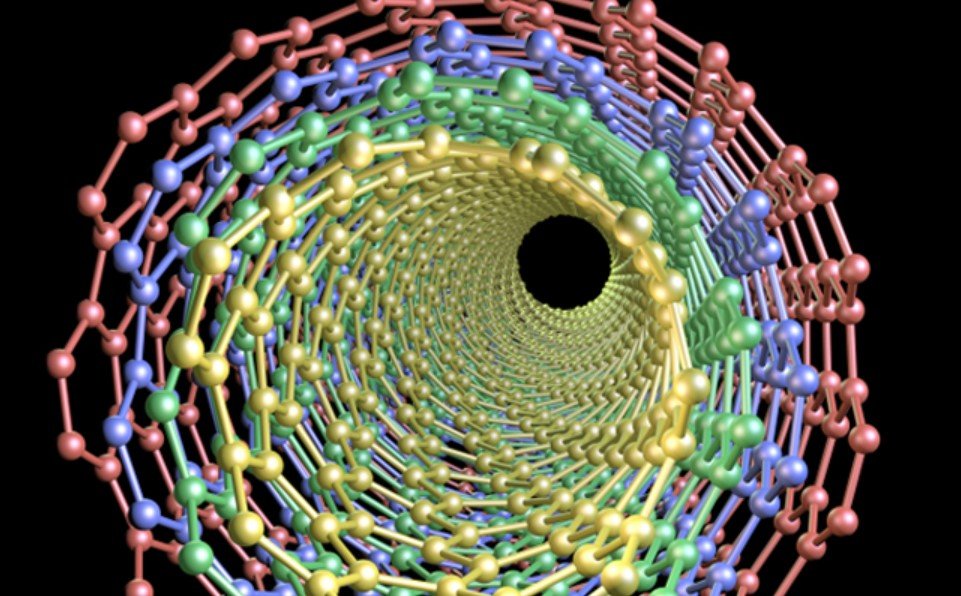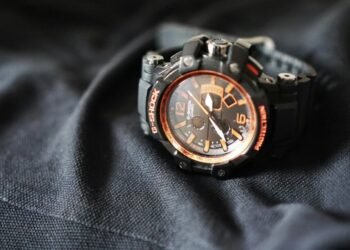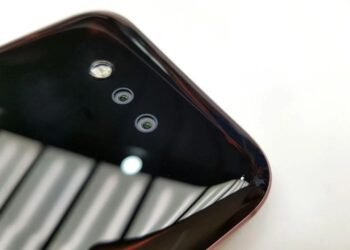The Pentagon faces a multi-billion dollar challenge with the corrosion of military aircraft and vehicles. However, a breakthrough in nanotechnology by a local company, Oceanit, in partnership with Lockheed Martin, promises a revolutionary solution. This innovative approach involves a super-thin, water-based coating that significantly enhances the durability of materials exposed to harsh environments, potentially saving the Pentagon billions in maintenance costs and extending the lifespan of critical military assets.
Revolutionary Nanotech Coating
Oceanit, a Hawaii-based technology company, has developed a nanotechnology-based coating called AeroPel. This coating is designed to combat the severe corrosion issues faced by military aircraft and vehicles, especially those operating in coastal regions. The coating uniquely adheres to the base metal, altering its surface characteristics to repel water and oil, thereby preventing corrosion. Initial tests on commercial airlines and air conditioning systems have shown promising results, with treated aluminum outlasting untreated components by years.

The partnership with Lockheed Martin aims to scale this technology for broader military applications. The coating can be applied by personnel with minimal training, making it a practical solution for widespread use. This ease of application, combined with its effectiveness, positions AeroPel as a game-changer in military maintenance.
Economic and Operational Benefits
The economic implications of this nanotechnology are substantial. Corrosion-related maintenance is a significant expense for the Pentagon, often leading to costly repairs and replacements. By reducing the frequency and severity of corrosion, AeroPel can lower maintenance costs, freeing up resources for other critical areas. This cost-saving potential is particularly appealing in an era of tightening defense budgets.
Operationally, the benefits are equally compelling. Aircraft and vehicles treated with AeroPel will require less downtime for maintenance, enhancing their availability and readiness. This increased operational efficiency can translate into more effective military operations, as assets are kept in optimal condition for longer periods.
Future Prospects and Challenges
While the initial results are promising, the full potential of AeroPel is yet to be realized. The coating has not been tested on stealthy flight surfaces, limiting its current application to non-stealth components and ground support equipment. However, ongoing research and development efforts aim to expand its use to a wider range of military assets.
The scalability of this technology is another critical factor. Oceanit and Lockheed Martin are working to ensure that the coating can be produced and applied on a large scale without compromising its effectiveness. This involves refining the application process and ensuring that the necessary training and resources are available to military personnel.
Despite these challenges, the future of nanotechnology in military maintenance looks bright. The successful implementation of AeroPel could pave the way for other innovative solutions, further enhancing the durability and performance of military equipment. As research continues, the potential for nanotechnology to revolutionize military maintenance becomes increasingly apparent.









